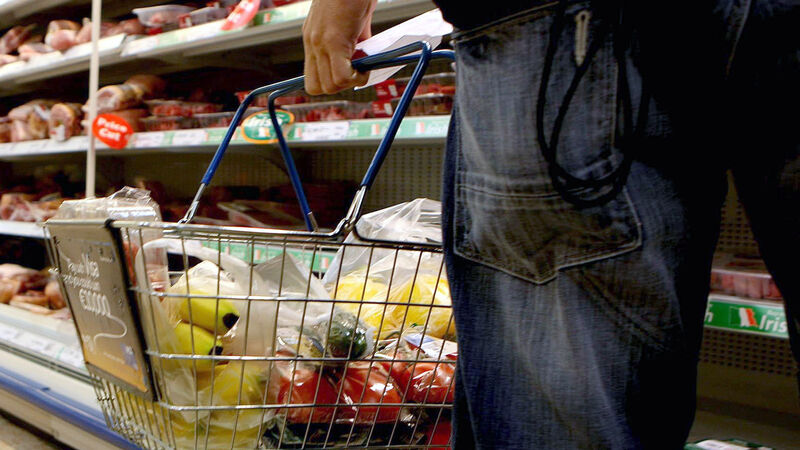Long-term measures needed to reduce poverty risk, ESRI warns

The budgetary package is worth around 2% of household disposable income on average.
Temporary measures in the budget will reduce the risk of people falling into poverty in the next year but long-term solutions are needed to improve household finances, the Economic and Social Research Institute has warned.
In one example, the think tank said that without some of the one-off measures, the rate of elderly households at risk of poverty would increase by close to one percentage point.














